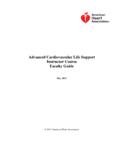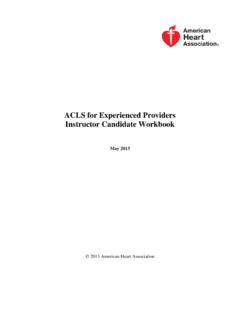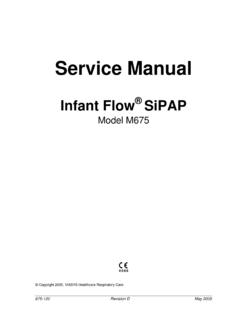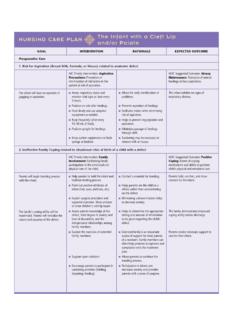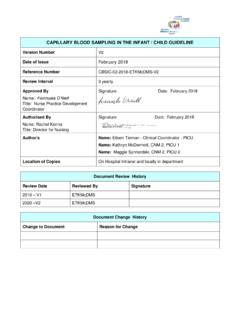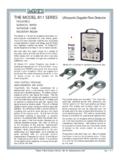Transcription of Respiratory Skills Station Competency Checklist
1 Respiratory Skills Station Competency ChecklistName: _____ Date of Test: _____Critical Performance Steps if done correctlyOpening the airwayOpens airway using head tilt chin lift maneuver while keeping mouth open in the unconscious child (jaw thrust for trauma victim)SuctioningDemonstrates appropriate use of suction device to remove copious secretionsOxygen delivery devices Ask student: What device delivers a high flow/high concentration of oxygen and what is the correct flow rate? Verbalizes correct flow rates for the following high-flow/high-concentration device: Nonrebreathing mask: 10 to 15 L/minAsk student: What devices deliver a low flow/variable concentration of oxygen and what are the correct flow rates? Verbalizes correct flow rates for the following low-flow/variable-concentration devices: Nasal cannula: to 4 L/min Simple oxygen mask: 6 to 10 L/minOPA Ask student: When is the OPA used?
2 States that OPA is used only in the unconscious victim without a gag reflexSelects correctly sized airway Inserts OPA correctly Looks, listens, and feels for breathing after insertion of OPAG ives 2 breaths (1 second each) with bag maskSuctions with OPA in place; states suctioning not to exceed 10 seconds Bag-mask deviceOpens airway, uses E-C clamp technique, gives breaths by bag mask, causing observable chest rise. Gives 1 breath every 3 to 5 seconds. Respiratory physical examDemonstrates auscultation points for Respiratory physical exam(Continued) 2007 American Heart AssociationOptional based on scope of practice:NebulizerIdentifies components of nebulizer equipment; verbalizes correct oxygen flow settings; verbalizes correct technique for administering medicationPrepares equipment for delivering medication by nebulizerOptional based on scope of practice:MDIV erbalizes or demonstrates correct technique for administering medication via MDI 94 2007 American Heart Association 2007 American Heart AssociationCirculatory Skills Station Competency ChecklistName: _____ Date of Test: _____Critical Performance Steps if done correctlyMonitor/AEDA pplies ECG leads correctly: White lead: to right shoulder Red lead: to left ribs, flank Black, green, or brown lead: to left shoulderDemonstrates correct operation of monitor: Turns monitor on Checks in lead Adjusts ECG size and volume Runs a stripMakes correct electrode pad selection for infant or child.
3 Places electrode pads in correct position Demonstrates safe and correct defibrillation using an AED or manual defibrillator with AED mode Vascular accessAsk student: What is the next action for a child with poor circulation? Verbalizes that child needs urgent vascular access; calls for helpVerbalizes that isotonic fluid boluses should be used in shockStates appropriate type of fluid to give as a rapid infusion Optional based on scope of practice:IV/IO bolusPractices giving an IV/IO bolusDemonstrates correct use of equipment to give bolusPositioning the shock patientDemonstrates correct positioning of a child in hypovolemic or distributive shock: lying on the back, face up, with head lowered so that the feet are raised above the level of the heart. (Note: This is sometimes called the Trendelenburg position.)Epinephrine autoinjectorDiscusses correct technique for administering medication via an epinephrine autoinjector 2007 American Heart Associatio
